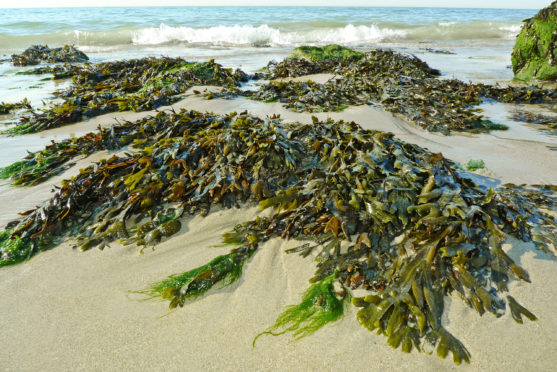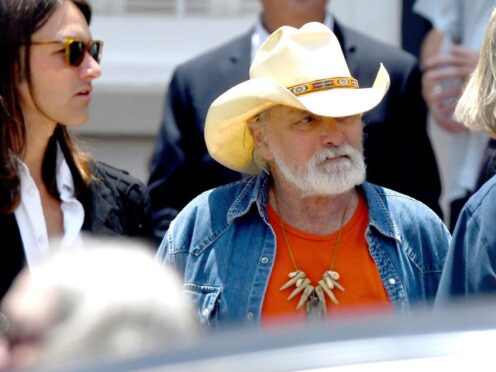This news just in: I have been wild-swimming. “And?” And it was a disaster. Left me limping and distressed.
Wild-swimming is just the new term for taking a dip in the sea. I don’t know what possessed me to try it. I’ve learned time and time again that I should never do anything “interesting”.
I’d thought about it before, as a possibility at a quiet place I know which has one of Rab’s Rocks – you know, somewhere I can sit and practice my profession of sea-watching.
On this occasion, I’d been invited down to the holiday home of some friends. It’s the place I’ve often written about it, the one that sits right on the shore.
After lunch, I said: “Right, I’m going for a swim, ken?”
My friends said in unison: “Eh?” They looked goggle-eyed.
Goggles: I should have brought some. But, in anticipation of this ill-advised adventure, I did at least bring trunks and a towel.
My friends, oddly enough, are adventurous types, who frequently take (or took, pre-virus) exotic holidays. Yet they’ve never explored the shore or wood beside the house, nor visited the island across the bay (which can be reached at low tide). How odd.
Not as odd, however, as my decision to go swimming in a place not really designed for it. I’d envisaged strolling down the slowly levelling off sand until I was fully immersed, and then doing some pathetic, face-above-water swimming.
I don’t know why I thought this when I knew already that the shore, where I frequently walk, is all sharp, unstable rocks and slippery seaweed.
The first problem was where to peel off, but there’s a grassy nook I know, and that all went swimmingly, despite worrying that people on a large boat nearby, or over at the hotel, might be watching me through binoculars.
My pale Scottish skin would doubtless have horrified them. I’m one of these Scots that Billy Connolly mentioned, the ones who have to lie in the sun for a week before they turn white.
But I got into my trunks and, after negotiating some rocks and seaweed, waddled gingerly into the water. Almost immediately, I lost my footing. And I kept losing my footing.
Then I found that, contrary to popular myth, I had indeed forgotten how to swim. Eventually, however, I managed a few panicky strokes that took me further out. Then I had trouble getting back.
The water was up to my waist but, nearer the shore, too shallow to swim in. The seabed was hellish to walk over. It kept giving way. Sharp rocks stabbed the soles of my feet. Seaweed made me slip.
Repeatedly, I fell into the water until, eventually, I scrambled ashore and up the rocks in a most undignified manner, feeling like Gollum from ‘The Hobbit’.
As I prepared to change, I noticed a streak of blood on a rock, and wondered if something ghastly had happened. Then I became aware that both my knees, one of my ankles and the sole my left feet were all bleeding.
I hobbled back to my friends’ house and went into Rab’s standby mode: humiliation. Never again. Wild-swimming? From now on, I wouldn’t even try mild-swimming. Hell, I’m not even taking a bath again, in case it causes me to relive the trauma.











